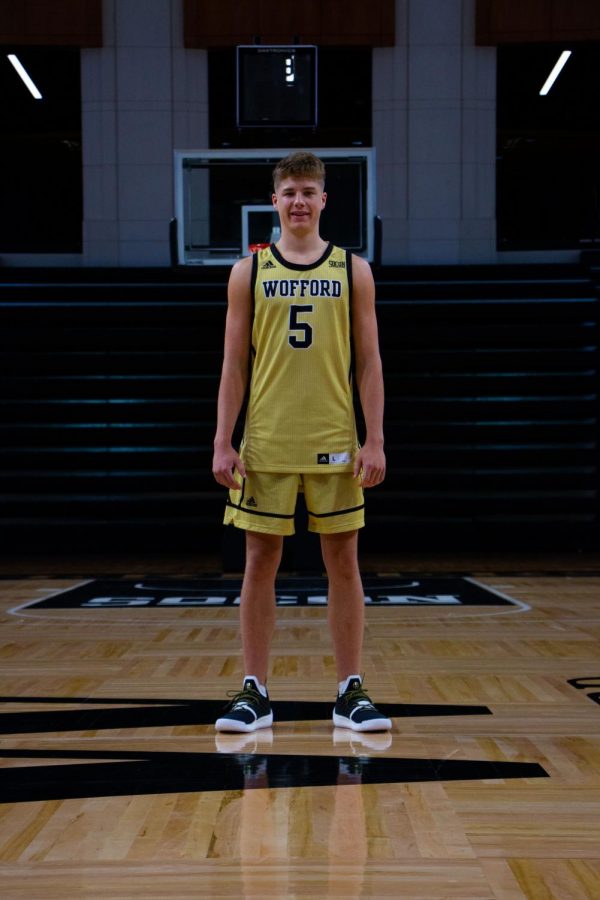Column: Compensation for College Athletes
December 26, 2019
College athletics are a staple in today’s entertainment market. From the College Football Playoffs to March Madness all college athletics are must-see television. On top of that, the NCAA revenue continues to increase, and the milestone of $1 billion was achieved during the 2016-’17 sporting seasons, coming from ESPN senior writer Darren Rovell. With this great success by the NCAA, college athletes are still unallowed to make any money based on their fame and likeness.
College athletes deserve the opportunity to make money from their personal image.
Some may argue that college athletes with the ability to gain wealth will lead to corruption in the NCAA. According to NBC News, the NCAA governs 450,000 athletes and 1,200 schools in the United States. This emphasizes the possibility of countless flaws to arise because equal opportunity for all athletes will take a long time to decipher.
Even with the lengthy process to create a working solution, college athletes deserve compensation for play. College athletes sacrifice hundreds of hours into training to give fans the atmosphere of a professional game in a college setting. College and professional athletes pair on national television stations – NBC, ESPN, and ABC – but the difference is that professional athletes earn compensation while college athletes’ compensation goes to the NCAA. Coming from that, Max Klesmit (future division one men’s basketball player at Wofford University) comments on the issue: “College athletes have worked hard to get to this point, and this opportunity will finally be a reward for their hard work.” This shows players inside the system of college athletics realize the opportunity to finally receive a reward for their commitment to college athletics.
Not only do the players deserve the opportunity at revenue from image, numerous players need the money to purchase everyday necessities. The majority of college athletes receive a scholarship for tuition expenses. But these scholarships do not cover the necessary expenses with the college lifestyle. For example, a study conducted by Drexel University shows out-of-pocket expenses, outside scholarship, for college athletes total $3,222 in 2010-’11. Since college athletes devote the majority of time to sports and school they are unable to work for extra cash. But the Drexel University study states the average division one football and basketball player is worth $120,048 and $265,027; ultimately, showing college athletes can pay for expenses with the benefit of their market value.
Recently the NCAA takes notice of the issue, and at the last board of governors meeting, all nine NCAA officials vote unanimously to start the process toward letting college athletes benefit from image, fame and likeliness, according to NBC News. Michael Drake, chairman of the NCAA board, states: “We must embrace change to provide the best possible experience for college athletes.” The NCAA hopes plan is in place by early 2021.
Opening the door to compensation for college athletes will lead to an overall satisfaction in the NCAA. Benefits college athletes receive are a token to the pleasure they give sports fans. The NCAA new proposal is one step in the right direction for college athletes.


